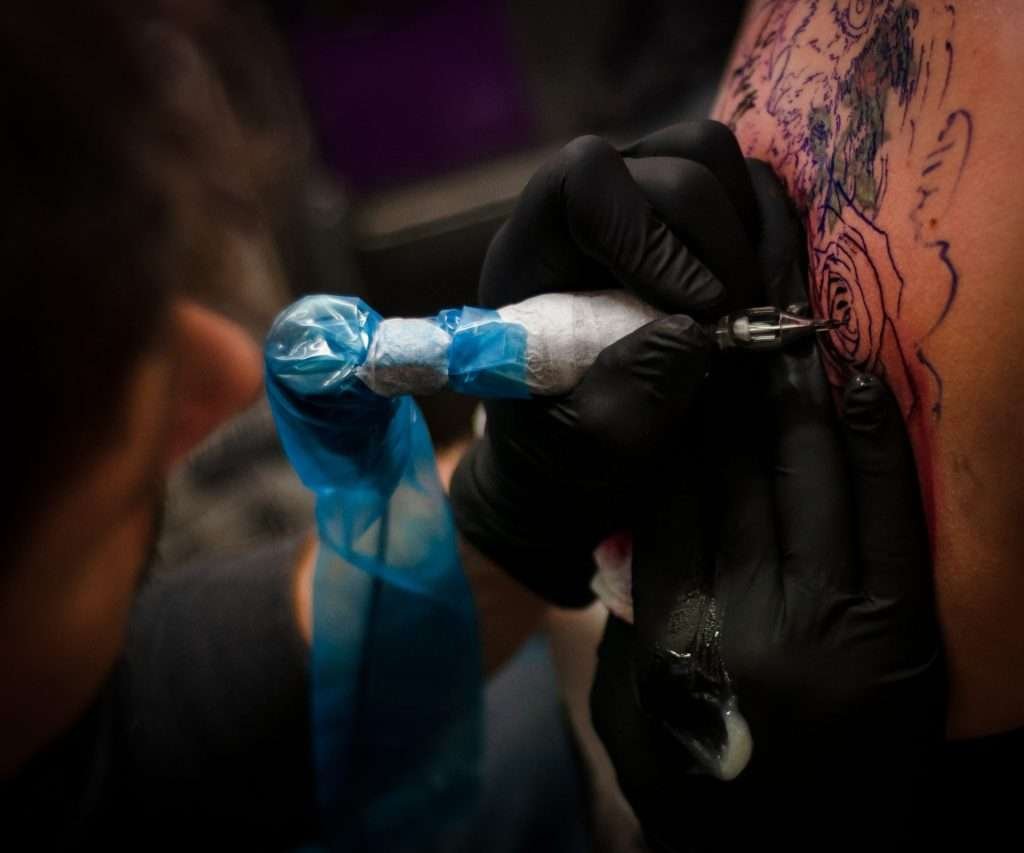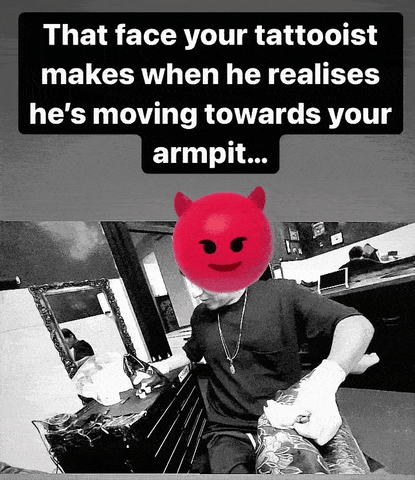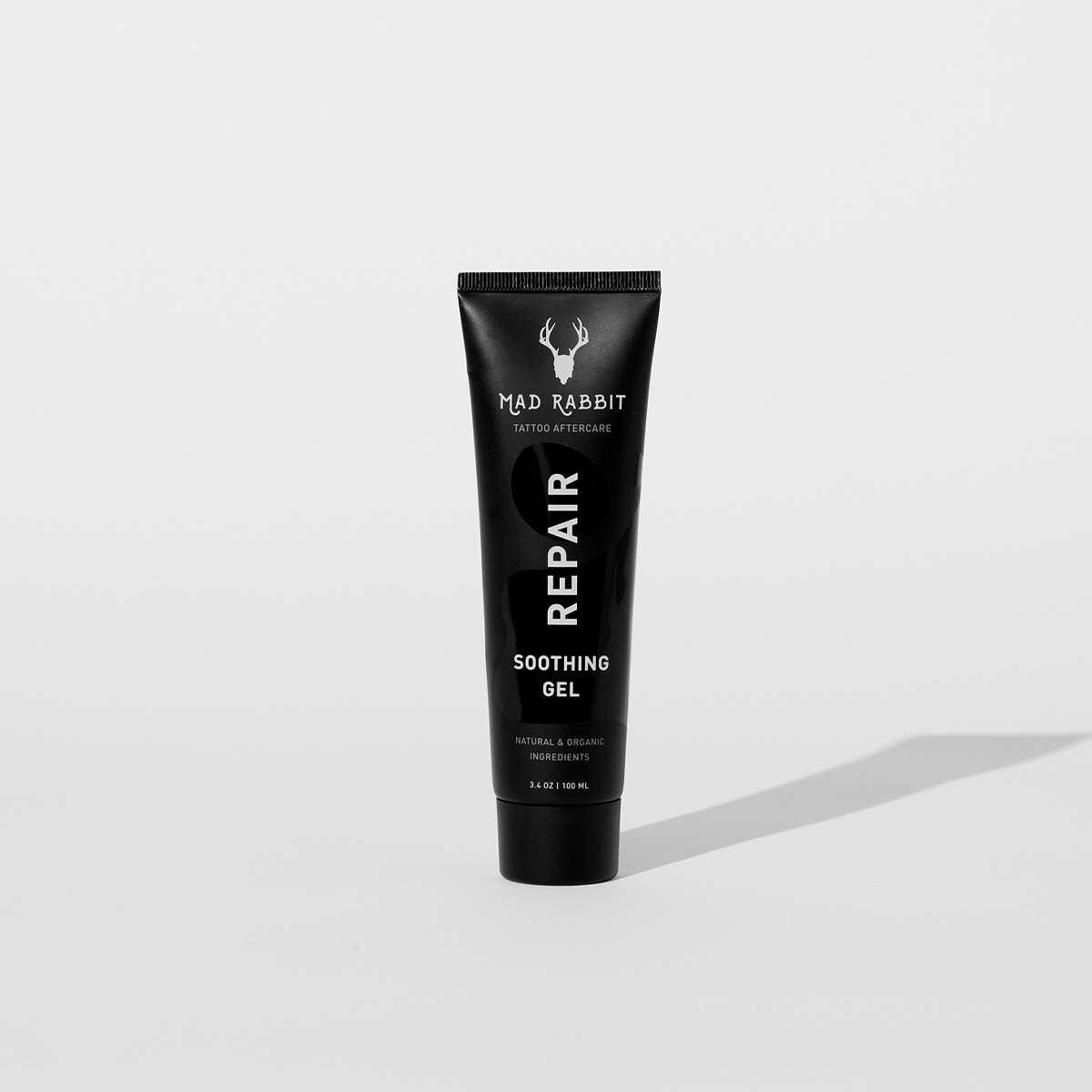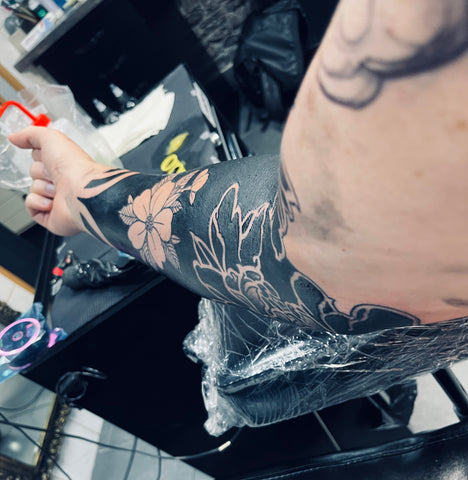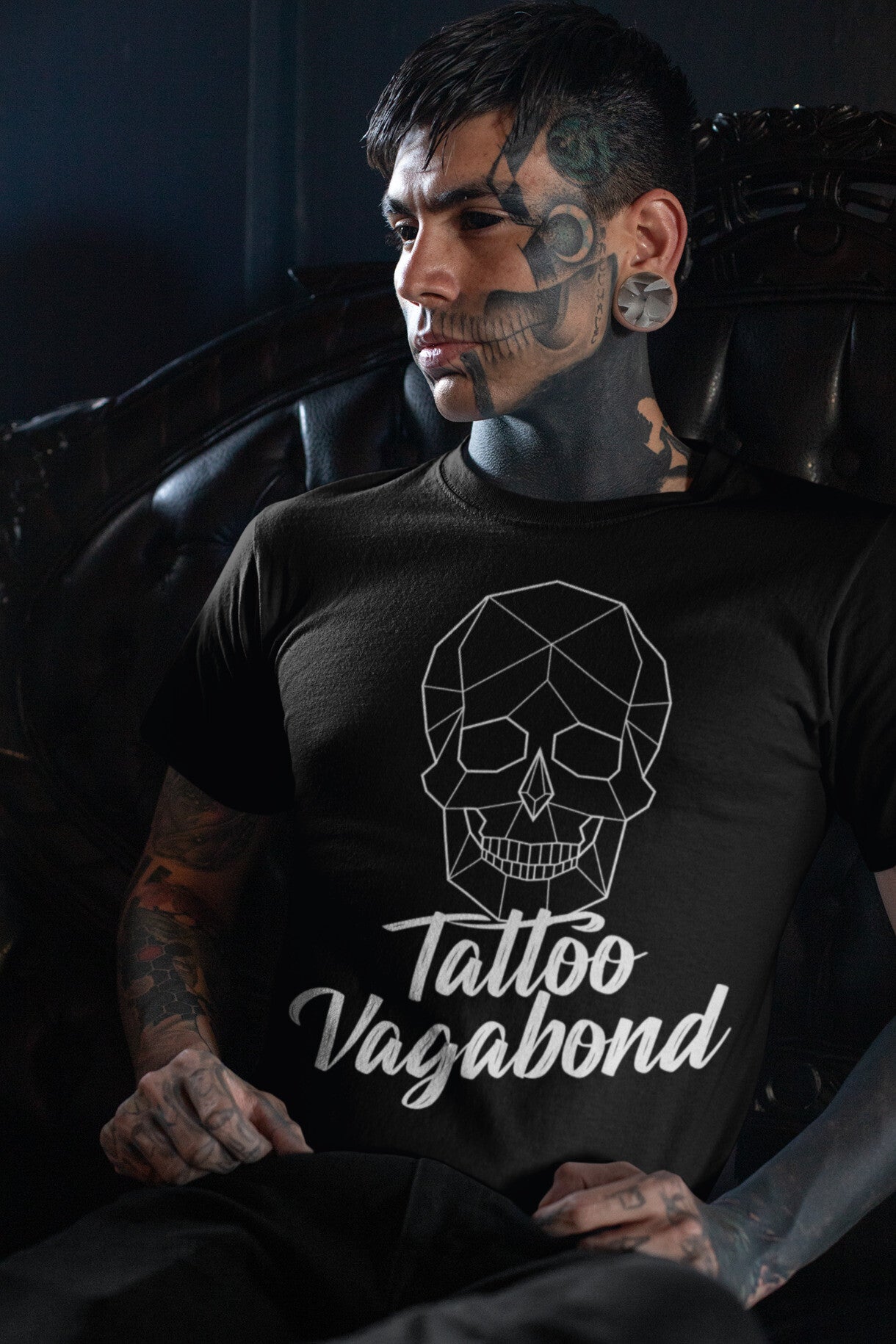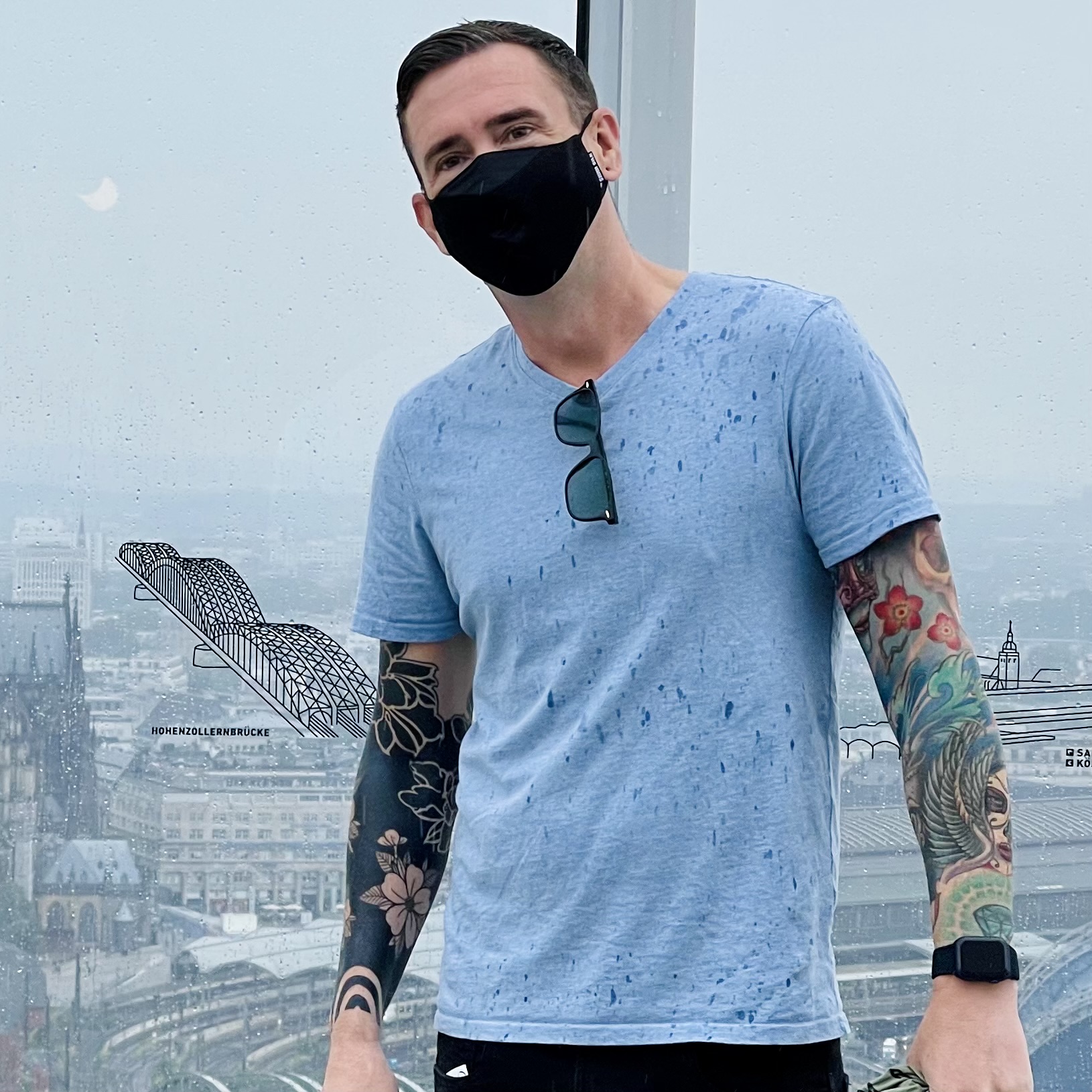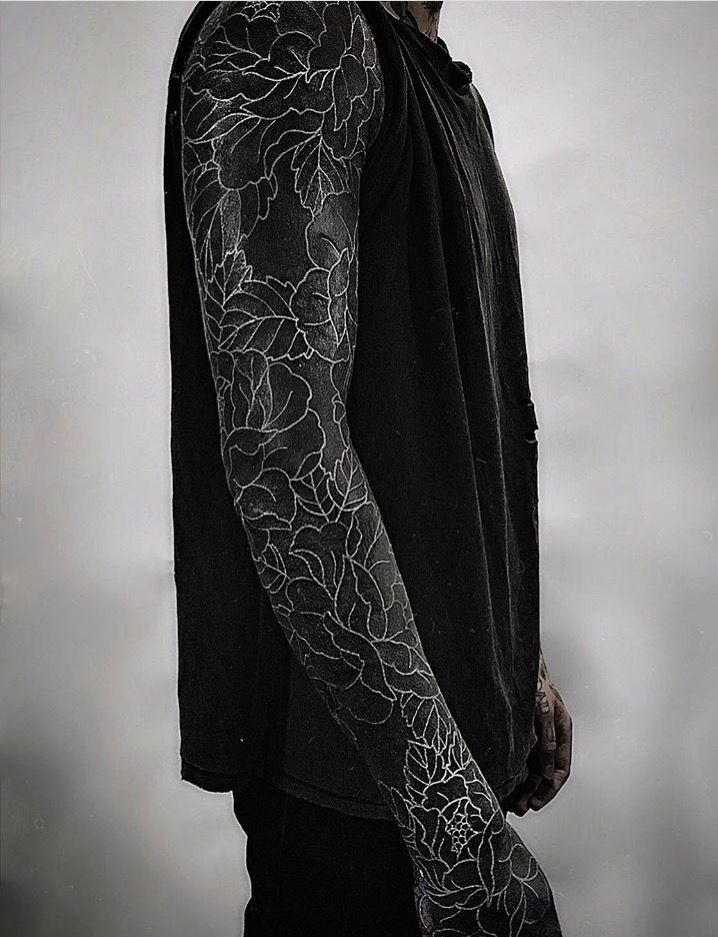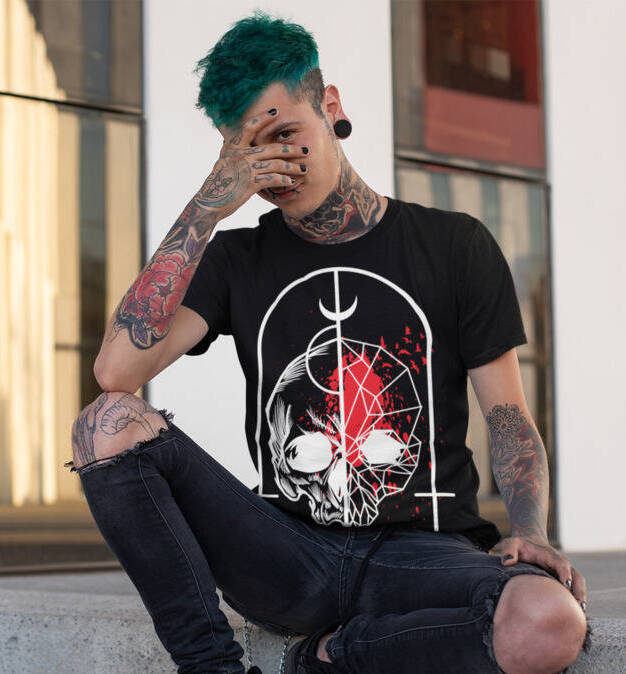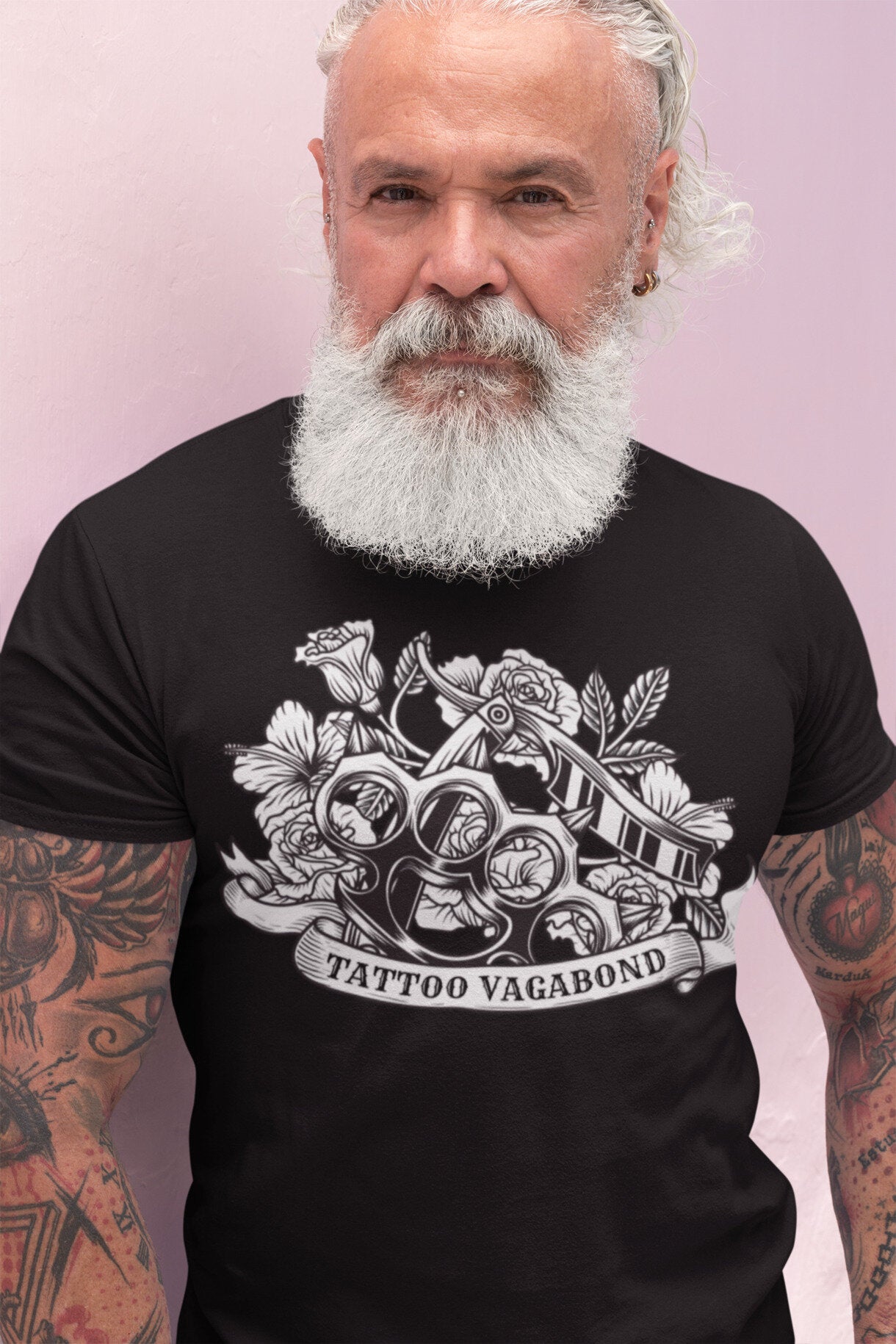Tattoos are a stunning form of self-expression, a piece of art you carry on your skin for a lifetime. However, the process of getting a tattoo can be quite intense and even painful for some.
This guide aims to provide you with a comprehensive understanding of tattoo discomfort and 13 strategies to manage tattoo pain effectively. Yet the best way to minimize discomfort during a tattoo session will always be to use a tattoo numbing cream. It’s what I do!
Ways to relieve tattoo pain
Understanding Tattoo Pain
Before diving into the 13 strategies to manage tattoo discomfort, it’s important to understand what causes it. When you get a tattoo, one or more needles attached to a handheld device pierce your skin to insert ink into the dermis, the second layer of your skin.
The tattoo process can generate sensations such as stinging, scratching, burning, vibrating or a dull cutting sensation. And it’s not a particularly pleasant experience that only get’s worse if your tattoo artist is working on a particularly painful spot.
The intensity of discomfort can vary depending on several factors:
- The tattoo’s placement on your body
- The size and style of the tattoo
- The artist’s technique
- Your physical health
- Your preparation for the tattoo session
Sensitivity Varies Across the Body
Different parts of your body have different levels of sensitivity to pain. Areas with more muscle and skin, and fewer nerve endings are generally less sensitive. On the contrary, bony parts of the body with little fat and many nerve endings are the most sensitive.
Table 1: Least and most painful areas to get a tattoo
| Less Painful | More Painful |
|---|---|
| Outer upper arm | Forehead/face |
| Forearm | Lip |
| Front and rear shoulder | Ear |
| Upper and lower back | Neck/throat |
| Upper chest | Armpit |
| Outer/front thigh | Inner upper arm |
| Calf | Inner and outer elbow |
| Hand | Inner wrist |
| Nipple | Finger |
| Lower chest | Stomach |
| Ribs | Spine |
| Hip | Groin |
| Inner and outer knee | Ankle |
| Top of foot | Toes |
Duration of Tattoo Pain
Your tattoo will likely be sore after your appointment. Here’s a general timeline of what to expect post-tattoo:
- Days 1 to 6: Your tattoo will be sore and swollen, similar to a severe bruise or sunburn.
- Days 7 to 14: The soreness will subside and itchiness will take its place. Your tattoo may feel like it’s burning, which is irritating but normal.
- Days 15 to 30: Your tattoo will be mostly healed and a lot less itchy.
After your session, your tattoo might ooze blood, plasma and ink for up to two days. It’s recommended to avoid nonsteroidal anti-inflammatory drugs (NSAIDs) during this time as they can thin your blood, increase bleeding and slow down healing.
You should also avoid smoking or vaping products and cannabis. Because smoking, vaping and weed all slow down your tattoos healing process.
13 Strategies to Minimize Tattoo Pain
So, how can you minimize tattoo pain? Here are 13 strategies to minimize the pain you feel while getting tattooed:
- Choose A Reputable Tattoo Artist: Experienced artists usually take less time to finish tattoos, which can help reduce the pain you experience. Never opt for a ‘scratcher‘.
- Pick A Less Sensitive Body Part: If you’re concerned about pain, opt for a less sensitive part of your body based on the information provided earlier.
- Get Enough Sleep: A good night’s rest can help your body better handle pain.
- Avoid Pain Relievers: Aspirin or ibuprofen can thin your blood, which may prolong the tattooing process.
- Don’t Get A Tattoo When You’re Sick: Getting a tattoo when your immune system is compromised can heighten your sensitivity to pain and delay the healing process.
- Stay Hydrated: Getting a tattoo on dry skin can be more painful. Keep your skin hydrated by drinking enough water before your session and avoid caffeine.
- Eat A Meal: Low blood sugar can increase your sensitivity to pain. Eat a meal before your tattoo session to prevent dizziness from nerves or hunger. But avoid pork products and anything that will seep through your pores. Particularly if you’re getting tattooed abroad as improperly prepared pork can contain harmful bacteria.
- Avoid Alcohol: Alcohol can heighten pain sensitivity, dehydrate your body and thin your blood. Avoid alcohol for at least 24 hours before your tattoo session.
- Wear Loose Clothing: Dress comfortably, especially around the area you’re getting tattooed.
- Breathe Deeply: Practice steady breathing to stay relaxed during your tattoo session.
- Distract Yourself: Bring headphones and listen to music or engage in conversation with your artist or a friend.
- Use A Tattoo Numbing Cream: Your artist may recommend a numbing cream to reduce the pain. I used a tattoo numbing cream on my right arm when I got my negative space blackout sleeve and I highly recommend it.
- Communicate with Your Artist: If the pain becomes unbearable, let your artist know. They should allow you to take breaks when needed. But be warned, too many long breaks can allow the area to swell and cause added discomfort.
Good Tattoo Aftercare Reduces Irritation
After your tattoo session, it’s crucial to follow your artist’s aftercare instructions. Good tattoo aftercare and the use of a purpose specific tattoo aftercare cream promotes proper healing and reduces the risk of infection.
Tattoo Removal and Associated Pain
If you’re considering tattoo removal, it’s worth noting that the process itself can be painful. The level of pain depends on the tattoo’s location on your body and the method of removal, which can include laser therapy, surgical excision or dermabrasion.
Just don’t opt for tattoo removal creams and lotions. Tattoo removal creams are untested, unregulated and don’t often work. Tattoo removal creams come with the risk of serious (and disastrous) side effects.
Final Thoughts On Reducing Tattoo Pain
Getting a tattoo will involve some level of discomfort, but the magnitude of pain felt during a tattoo session varies from person to person. By considering the placement of your tattoo, preparing appropriately and following your artist’s advice, you can minimize pain and discomfort.
Yet, if you use a reputable tattoo numbing product, you can remove almost all of the pain from your tattoo session. It’s what I did to sit through all the long tattoo sessions, for my own brutal blackout sleeve!
Always remember, tattoos are a significant commitment and it’s crucial to plan and prepare accordingly.
